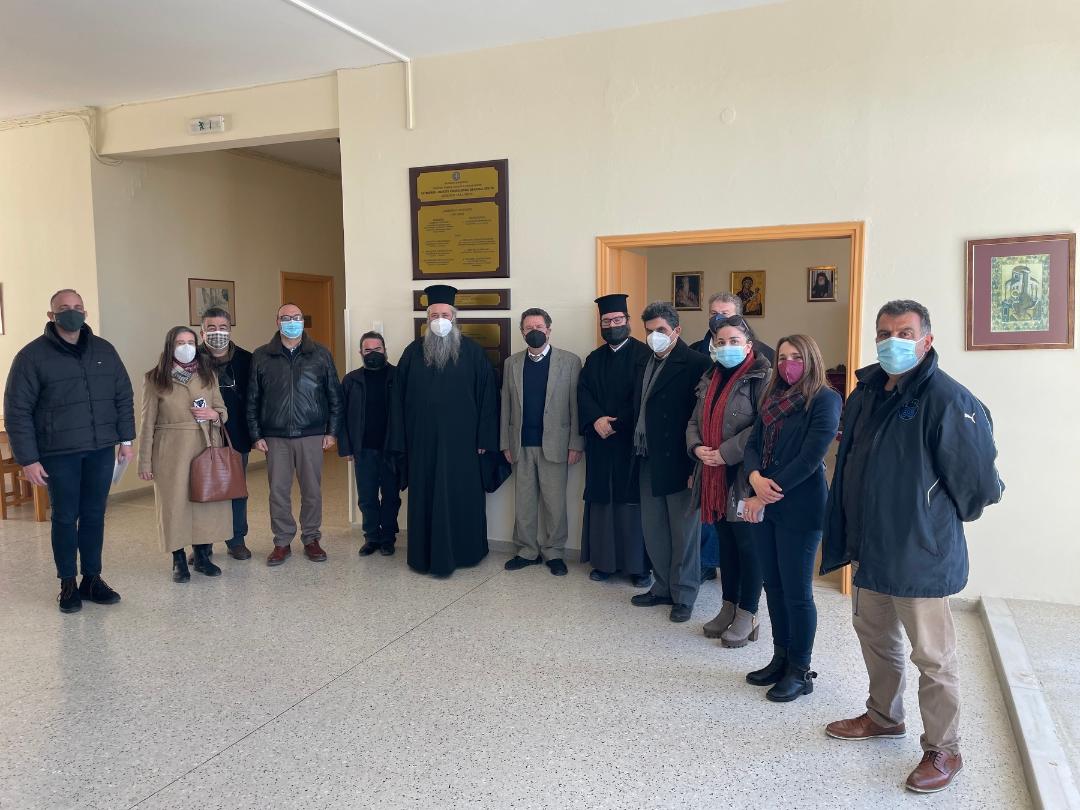Clean Energy Boom Undermined: Examining The Obstacles

Table of Contents
Political and Regulatory Hurdles
The path to a clean energy future is significantly impacted by political landscapes and regulatory frameworks. Inconsistent policies and the influence of vested interests create a complex web of challenges.
Lack of Consistent Policy and Support
One major obstacle is the lack of consistent and long-term government policies supporting renewable energy. Frequent changes in regulations and a lack of stable investment frameworks discourage long-term commitments from businesses and investors.
- Policy Instability: Many countries experience shifts in government priorities, leading to abrupt changes in renewable energy subsidies, tax credits, and permitting processes. This uncertainty creates risk aversion among investors.
- Investor Confidence: Long-term investments in large-scale renewable energy projects require stable, predictable policies. Inconsistent regulatory environments erode investor confidence, hindering project financing and deployment.
- Need for Stable Frameworks: Establishing clear, long-term policy frameworks that provide certainty and incentives is crucial for attracting investment and accelerating the clean energy transition. These frameworks should include clear targets, timelines, and mechanisms for monitoring progress. This is critical for effective clean energy policy.
Lobbying Efforts by Fossil Fuel Industries
Powerful fossil fuel industries actively lobby against policies that promote renewable energy. This lobbying includes campaign donations, aggressive PR campaigns that often engage in climate change denial or greenwashing, and strategic efforts to influence regulatory decisions. This regulatory capture undermines efforts to create a level playing field for clean energy.
- Campaign Donations and Influence: Fossil fuel companies make substantial campaign contributions to politicians, influencing their positions on energy policies.
- Propaganda and Misinformation: Disinformation campaigns aim to sow doubt about climate change and the effectiveness of renewable energy, slowing down public support for clean energy initiatives.
- Regulatory Capture: Lobbying efforts often lead to regulatory capture, where government agencies prioritize the interests of the fossil fuel industry over the public good and the goals of the energy transition.
Economic and Financial Barriers
Even with supportive policies, economic and financial factors pose significant hurdles to widespread clean energy adoption.
High Upfront Costs of Renewable Energy Technologies
Renewable energy technologies, while becoming increasingly cost-competitive, still require significant upfront investment. This contrasts sharply with the relatively lower initial costs of established fossil fuel infrastructure.
- Cost Comparisons: Although the cost of renewable energy has fallen dramatically, the initial capital expenditure for solar farms, wind turbines, and other renewable energy installations remains high.
- Financing Challenges: Securing financing for large-scale renewable energy projects can be challenging, particularly for smaller developers lacking access to traditional sources of capital.
- Government Incentives: Government subsidies, tax credits, and loan guarantees play a critical role in overcoming cost barriers and making renewable energy projects financially viable. Green bonds and other innovative financing mechanisms are also vital.
Intermittency and Grid Integration Challenges
The intermittent nature of solar and wind power poses challenges for grid integration. Ensuring a stable and reliable electricity supply requires sophisticated solutions to manage fluctuating energy output.
- Energy Storage: Battery storage technologies are crucial for storing excess renewable energy during periods of high generation and releasing it when demand is high. Advancements in battery technology are essential to improve affordability and scalability.
- Smart Grid Technologies: Smart grids utilize advanced sensors, communication networks, and data analytics to optimize energy distribution and integrate renewable energy sources more effectively.
- Grid Modernization: Upgrading existing electricity grids to accommodate the increased penetration of renewable energy is a major undertaking, requiring substantial investment in new transmission lines and grid infrastructure. Demand-side management strategies can also play a significant role.
Technological and Infrastructure Limitations
Technological advancements and adequate infrastructure are essential for a successful clean energy transition.
Technological Advancements and Scalability
Continued research and development are crucial for improving the efficiency, affordability, and scalability of renewable energy technologies.
- Renewable Energy Technology R&D: Investing in research and development to improve the efficiency and reduce the cost of solar panels, wind turbines, and other renewable energy technologies is vital for accelerating their widespread adoption.
- Battery Storage Technology: Developing cheaper, more efficient, and longer-lasting battery storage technologies is critical for addressing the intermittency challenge and enabling the greater integration of renewable energy.
- Improving Energy Efficiency: Improving energy efficiency in buildings, transportation, and industry is a key strategy for reducing overall energy demand and making better use of existing and future clean energy resources.
Lack of Adequate Infrastructure
The lack of adequate infrastructure, including transmission lines and charging stations, hinders the widespread adoption of renewable energy.
- Infrastructure Investment: Significant investment is needed to build new transmission lines to connect renewable energy sources to population centers and expand the electric vehicle charging infrastructure.
- Transmission Line Challenges: Building new transmission lines often faces significant regulatory and permitting hurdles, delays, and community opposition.
- Electric Vehicle Charging Infrastructure: Expanding the network of electric vehicle charging stations is crucial to encourage the adoption of electric vehicles and reduce reliance on fossil fuel-powered transportation.
Conclusion: Overcoming Obstacles to a Thriving Clean Energy Future
The clean energy boom is facing significant obstacles: inconsistent political support, economic challenges, technological limitations, and inadequate infrastructure. Addressing these challenges requires a multifaceted approach involving strong government policies, innovative financing mechanisms, technological breakthroughs, and significant investment in infrastructure. The urgency of transitioning to a sustainable energy future cannot be overstated. We must act decisively to overcome these hurdles and unleash the full potential of clean energy. Let's work together to boost the clean energy boom, supporting the clean energy revolution, and ensuring a brighter, more sustainable future for all by actively participating in the effort to overcome the factors undermining the clean energy boom.

Featured Posts
-
 Megali Tessarakosti Syzitisi Stin Patriarxiki Akadimia Kritis
May 21, 2025
Megali Tessarakosti Syzitisi Stin Patriarxiki Akadimia Kritis
May 21, 2025 -
 Groeiend Autobezit Stimuleert Occasionverkopen Abn Amro Rapporteert Sterke Stijging
May 21, 2025
Groeiend Autobezit Stimuleert Occasionverkopen Abn Amro Rapporteert Sterke Stijging
May 21, 2025 -
 The Best Of Bgt Blockbusters A Comprehensive Guide
May 21, 2025
The Best Of Bgt Blockbusters A Comprehensive Guide
May 21, 2025 -
 Nayuspishnishi Fintekh Kompaniyi Ukrayini 2024 Credit Kasa Finako Ukrfinzhitlo Atlana Credit Plus
May 21, 2025
Nayuspishnishi Fintekh Kompaniyi Ukrayini 2024 Credit Kasa Finako Ukrfinzhitlo Atlana Credit Plus
May 21, 2025 -
 Madrid Open Sabalenka And Zverevs Dominant Victories
May 21, 2025
Madrid Open Sabalenka And Zverevs Dominant Victories
May 21, 2025
